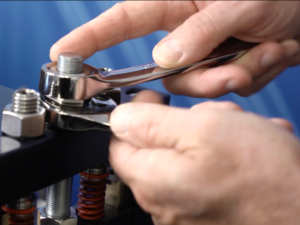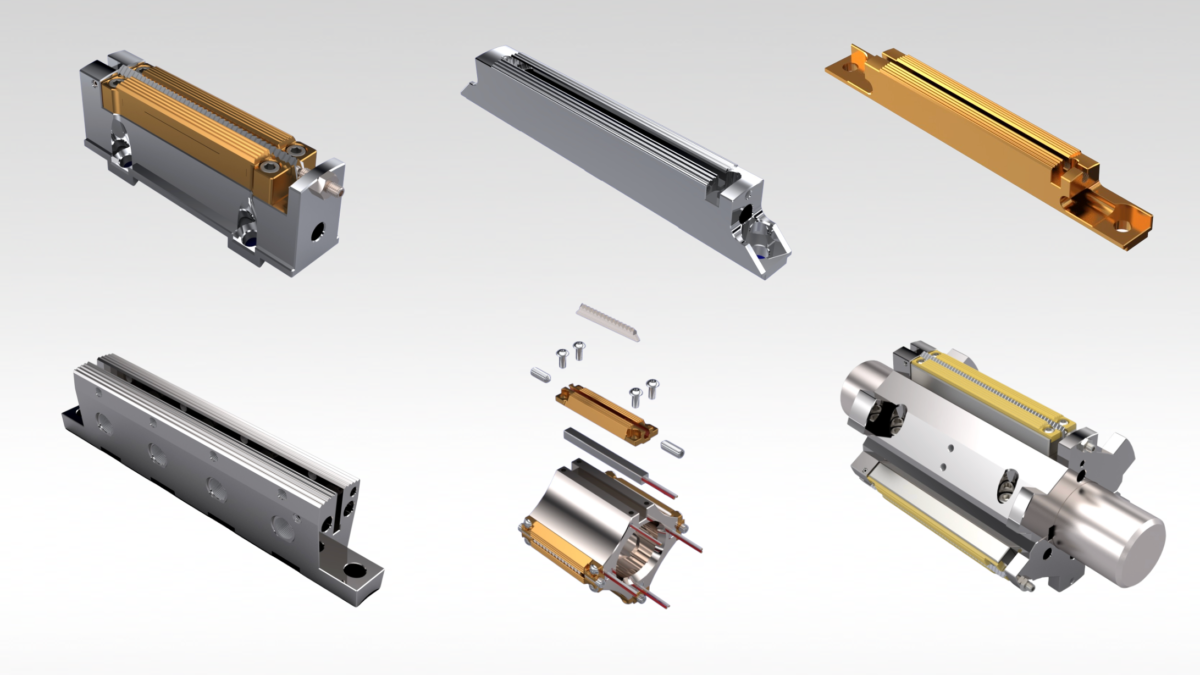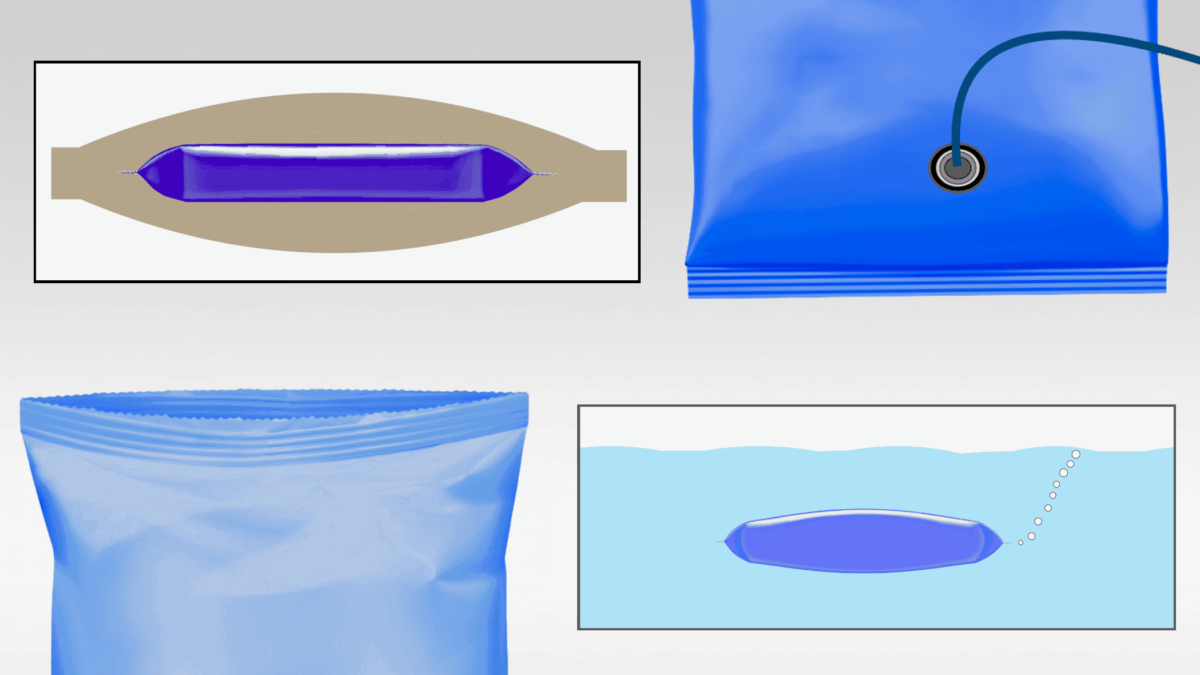When cutting problems occur on horizontal flow wrappers during a production run, what are the best procedures to get packaging lines up and running again and to keep them running? Minimizing downtime, producing consistent quality packages, and managing costs require a balanced approach that includes:
- Knowing which “quick-fix” adjustments will get knives cutting without causing additional problems and downtime. (Faster and easier is not always the best solution.)
- Broad-based, Integrated Solutions that consider the entire packaging process to:
• Understand how each adjustment affects the whole system.
• Eliminate procedures that don’t work.
• Diagnose and correct the ultimate causes of problems. (Many issues stem from a combination of factors.)
• Implement solutions that help prevent cutting problems from occurring in the first place.
When Knives and Anvils Stop Cutting:
The following procedures can help to get knives cutting again or, if knives and anvils need to be replaced, to refine the installation process. In either case, these guidelines will reduce downtime and optimize long-term performance.
| Implications: | Broad-Based Solutions: | |
|---|---|---|---|
Never adjust clearance to address cutting issues.
| Incorrect clearance settings can cause: • Premature knife and anvil failure. • Degradation and premature failure of sealing jaws, shafts, bearings, and other critical components. • Distorted and leaking end seals. | • Adjust clearance (the distance between the shafts) during the initial set-up of sealing jaws; do not use clearance to adjust knives. Learn More | |
Eliminate Banging and Vibration when the knife and anvil come together.
| • Knives and anvils that come together with excess force will fail prematurely, and can cause the degradation and premature failure of sealing jaws, shafts, bearings, and other critical components. • This excess force can cause the crimpers to deflect apart as the knife strikes the anvil, degrading the quality of the end seal made after the cut (the leading edge of the package). | • Banging and vibration can be caused by improper clearance settings (see above). • If clearance is properly set, then the knife is over adjusted. Reduce its height to eliminate banging and vibration. If the knife then fails to cut, follow the procedures in the table below. • When banging and vibration are immediately corrected knives may continue to cut. If not quickly rectified, however, this condition will cause knives and anvils to fail prematurely and require replacement. | |
Readjust spring pressure with restraint. | • Over-adjusting pressure can cause premature knife and anvil failure. • Excess pressure can corrupt the crimper adjustment, causing distorted and leaking packages. | • Evaluate pressure settings whenever new knives and anvils are installed, and adjust as necessary. Learn More | |
Adjust heat with restraint.
| • Excess heat may distort the end seal and cause leakers. | • Allow knives and anvils to reach operating temperature before making adjustments. • The actual temperature of the crimpers, knives, and anvils is typically higher at set-up than during production, and the temperature can change according to line speeds. These variations may affect cutting performance. • Higher or lower temperature settings due to product or film changeovers may require a slight readjustment of the knife. | |
Replace multiple, thin shims with fewer, thicker shims.
| • Stacking up too many shims creates a spongy platform in the slot that will not allow the knife to exert adequate cutting pressure; compensating with other adjustments can reduce knife life and degrade seal quality. | • Using fewer shims—one .005” (.127mm) and one .003″ (.076mm) shim, for example, rather than four .002” (.05mm) shims—creates the most stable platform for cutting. Keep a convenient supply of shims available to make this a time-efficient procedure. | |
| Use only high quality shims. | • Shims with burrs on the edge or that are too short do not provide the flat, consistent platform for knives and anvils that is necessary to exert consistent, even cutting pressure; compensating for this shortfall with other adjustments can reduce knife life and degrade seal quality. | • Shims must be flat and free of burrs, which can cause uneven adjustment, and should be longer than, or at least as long as, the knife. (Greener Corporation can supply high quality, pre-cut shim stock in a variety of widths and thicknesses.) | |
Always change the anvil when installing a new knife.
| • Excess pressure required to get a new knife to cut across the impression in the old anvil can cause premature knife failure and create sealing issues. | • The time and cost necessary to change both the knife and the anvil are minimal compared to the downtime and increased costs caused by just replacing the knife. • In an emergency, if you need to replace a knife but do not have a new one, installing a new anvil may get the old knife to cut again. Always follow up by installing a new knife and anvil when time allows. | |
Clean the slots when installing knives and anvils. | • Knives and anvils must be seated on a firm, flat platform to cut properly. Product build-up in the slot can cause intermittent cutting issues and knife failure; compensating for product contamination with other adjustments can reduce knife life and degrade seal quality. | • Practice preventative cleaning of the crimpers on a regular basis to facilitate faster, more precise knife and anvil adjustment and to prevent product build up that can ultimately cause downtime. Learn More |
To reduce downtime from cutting issues, make sure all those working to set-up horizontal flow wrappers and keep them running become familiar with the concepts listed above. If you would like help with establishing these procedures for your packaging operation, contact Greener Corporation about our integrated technical services.







